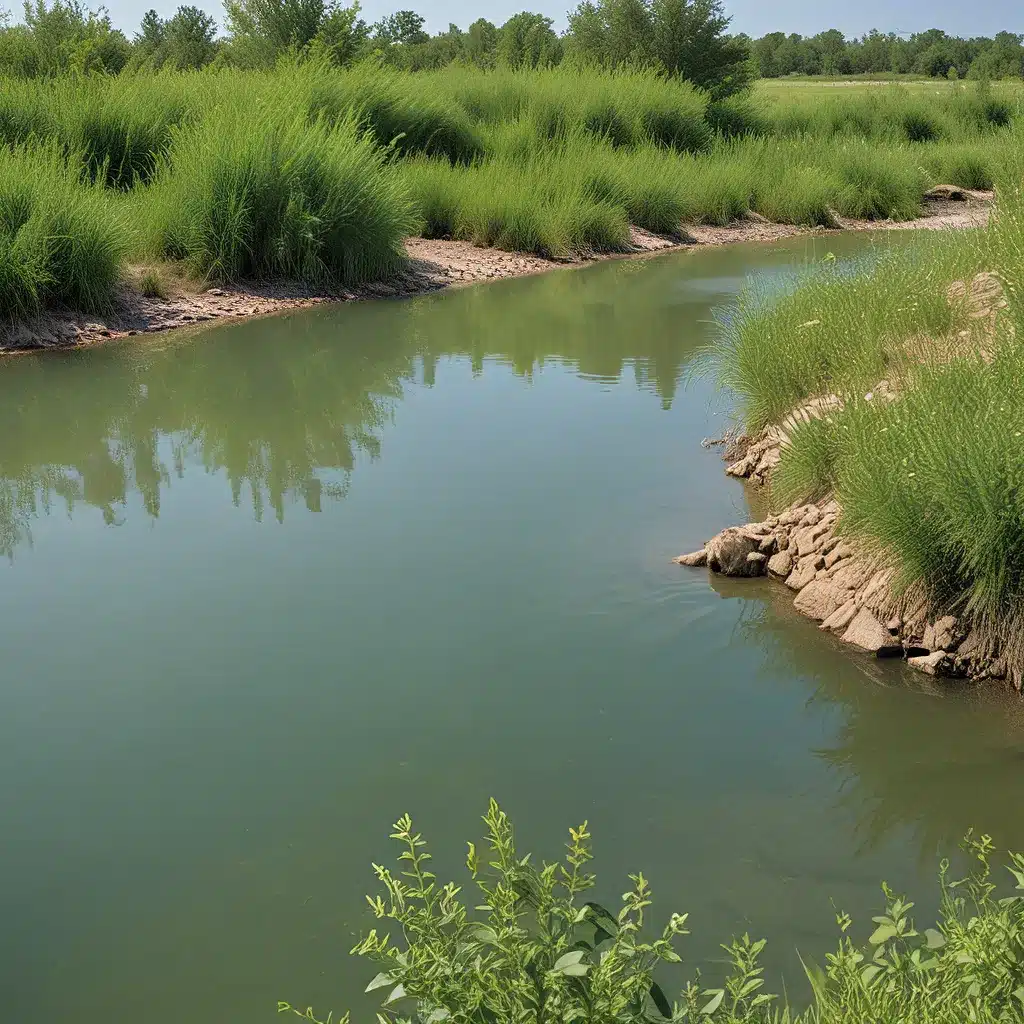
The Eco-Friendly Pursuit: Navigating the Complexities of Environmental Compliance
As I delve into the realm of eco-friendly water treatment, I can’t help but feel a sense of excitement and trepidation. It’s a journey that requires traversing a complex landscape of environmental regulations and compliance – a labyrinth of legal requirements and ethical responsibilities that, on the surface, may seem daunting. But fear not, my friends, for within this seemingly daunting territory lies a world of opportunity, where the pursuit of sustainability and environmental stewardship can unlock a wealth of benefits for businesses and communities alike.
Let’s begin our exploration by acknowledging the elephant in the room – the sheer complexity of environmental compliance. Imagine a patchwork quilt, where each jurisdiction, each industry, each regulation, is a unique and intricate piece, all woven together to create a tapestry of environmental responsibility. It’s a symphony of constantly evolving standards, each movement harmonizing (or sometimes clashing) with the others, demanding our constant attention and adaptation.
As one expert put it, “Environmental compliance is critical for small businesses transcending industry boundaries and impacting operations at every level.” And they couldn’t be more right. Whether you’re a water treatment provider, an environmental services firm, or any other business operating in this space, the need to stay informed, to remain agile, and to embrace the ever-changing landscape of regulations is paramount.
Navigating the Regulatory Labyrinth: A Roadmap to Compliance
Imagine you’re lost in a maze, with walls of legal jargon and bureaucratic red tape looming all around you. The path to compliance seems winding and treacherous, but fear not, for we have a roadmap to guide us through.
The first step is understanding the lay of the land. What are the applicable environmental regulations in your region? How do they differ from state to state, or even city to city? Staying informed is crucial, and it’s not a one-time task. Regulations are in a constant state of flux, with new policies and standards emerging regularly. Subscribing to regulatory updates, joining industry associations, and consulting with legal experts can be invaluable in keeping your finger on the pulse of these ever-changing requirements.
But knowledge is only half the battle. How do you ensure your operations, your processes, your very ethos, align with these regulations? This is where the rubber meets the road, my friends. It’s about conducting thorough environmental audits, setting clear and achievable compliance goals, and embracing the technological advancements that can streamline your sustainability efforts.
As one industry expert noted, “Compliance is not a one-time achievement but an ongoing process.” Regularly reviewing and adapting your environmental practices in response to new regulations, technological advancements, or changes in your business operations is essential. It’s a dance, a constant ebb and flow, but one that can ultimately lead to a harmonious symphony of environmental stewardship.
Unlocking the Benefits: The Perks of Embracing Eco-Friendly Compliance
Now, I know what you might be thinking: “Compliance? Regulations? That all sounds like a lot of work and headaches.” But hold on, my friends, for the rewards of embracing eco-friendly water treatment and environmental compliance far outweigh the challenges.
Let’s start with the most obvious benefit: avoiding legal penalties. By adhering to environmental regulations, you not only safeguard your operations from costly fines and sanctions but also protect your reputation and the trust of your community. After all, who wants to be known as the business that’s polluting the local waterways?
But the perks go far beyond mere legal compliance. Did you know that many governments and private foundations offer incentives and financial benefits to businesses that adopt sustainable practices? Tax breaks, grants, and rebates can all help offset the costs associated with upgrading your operations and embracing eco-friendly technologies.
And the benefits don’t stop there. What if I told you that sustainability can actually boost your bottom line? By implementing energy-saving measures, reducing waste, and optimizing resource use, you can unlock substantial cost savings over time. It’s a win-win scenario, where you’re not only doing good for the environment but also strengthening your financial stability.
As one expert aptly stated, “Compliance is not just a legal requirement, it is a crucial step toward creating a more sustainable built environment.” The same can be said for the water treatment and environmental services industry. By embracing eco-friendly compliance, you’re not only meeting legal obligations but also positioning your business as a leader in sustainability, attracting a loyal customer base that values environmental responsibility.
Sustainable Stewardship: Embracing the Future of Water Treatment
As we journey through the labyrinth of environmental compliance, it’s important to remember that we’re not alone. We’re part of a global movement, a collective effort to reshape the way we interact with our natural resources, to safeguard the health and well-being of our communities, and to leave a lasting legacy of environmental stewardship.
At Inland Waters, Inc., we recognize the importance of this mission. We’re not just a water treatment provider; we’re stewards of the environment, champions of sustainability, and navigators of the ever-evolving landscape of eco-friendly compliance. Our commitment to this cause runs deep, and we’re here to guide you through the complexities, to share our knowledge, and to help you unlock the transformative power of embracing eco-friendly water treatment.
So, as we continue our journey, let’s embrace the challenges, celebrate the victories, and never lose sight of the greater purpose: to create a more sustainable, resilient, and thriving future for us all. After all, the path to environmental compliance is not merely a legal requirement, but a calling to be responsible stewards of our most precious resource – water.


